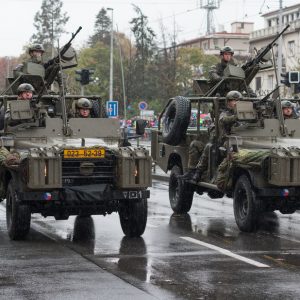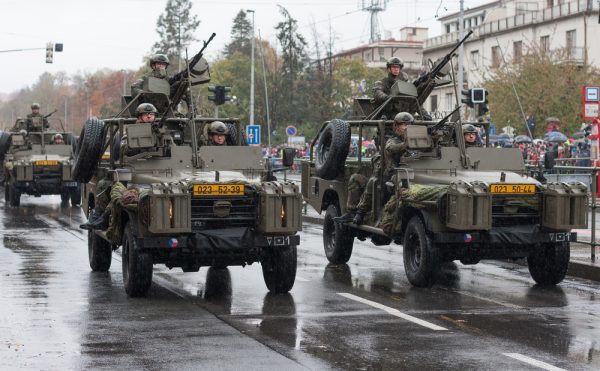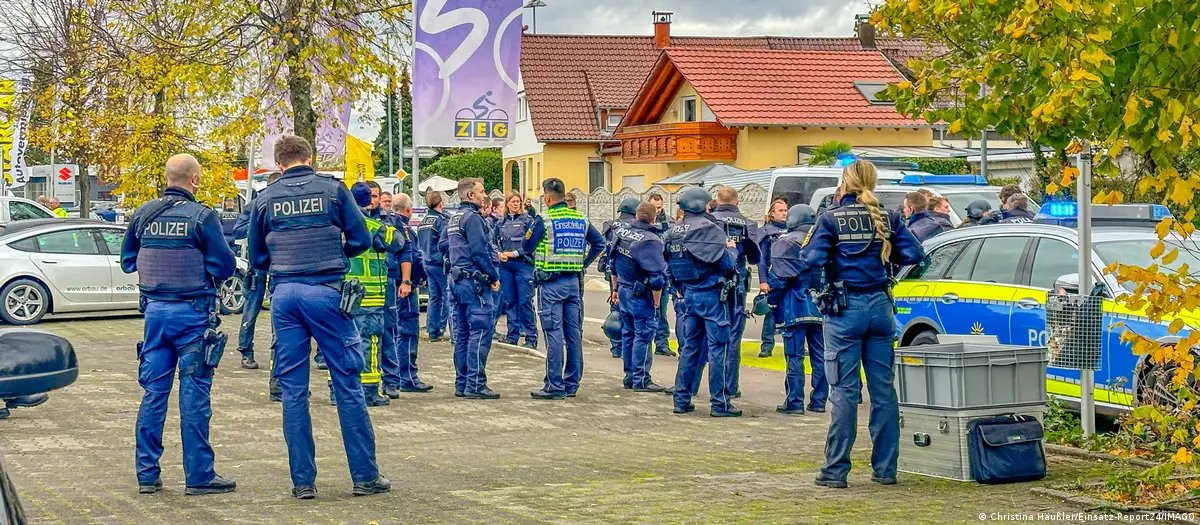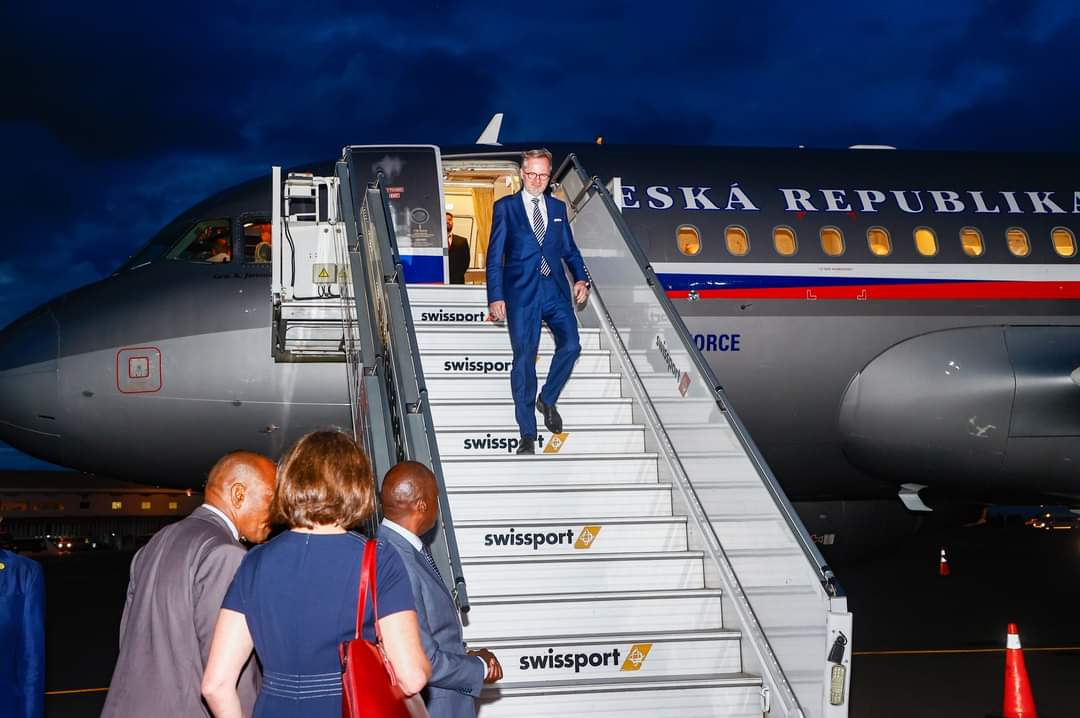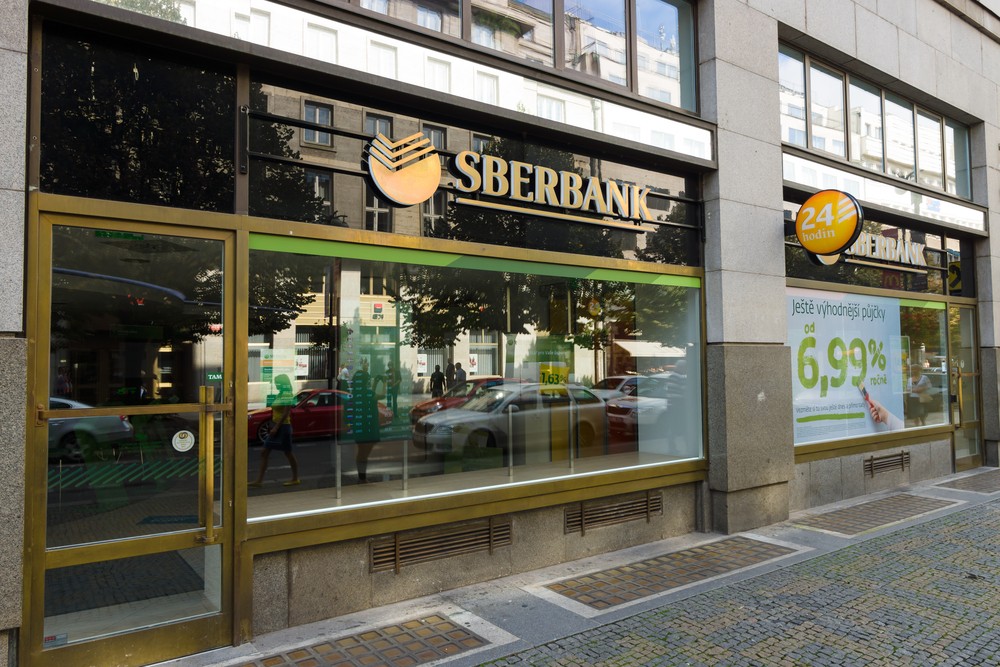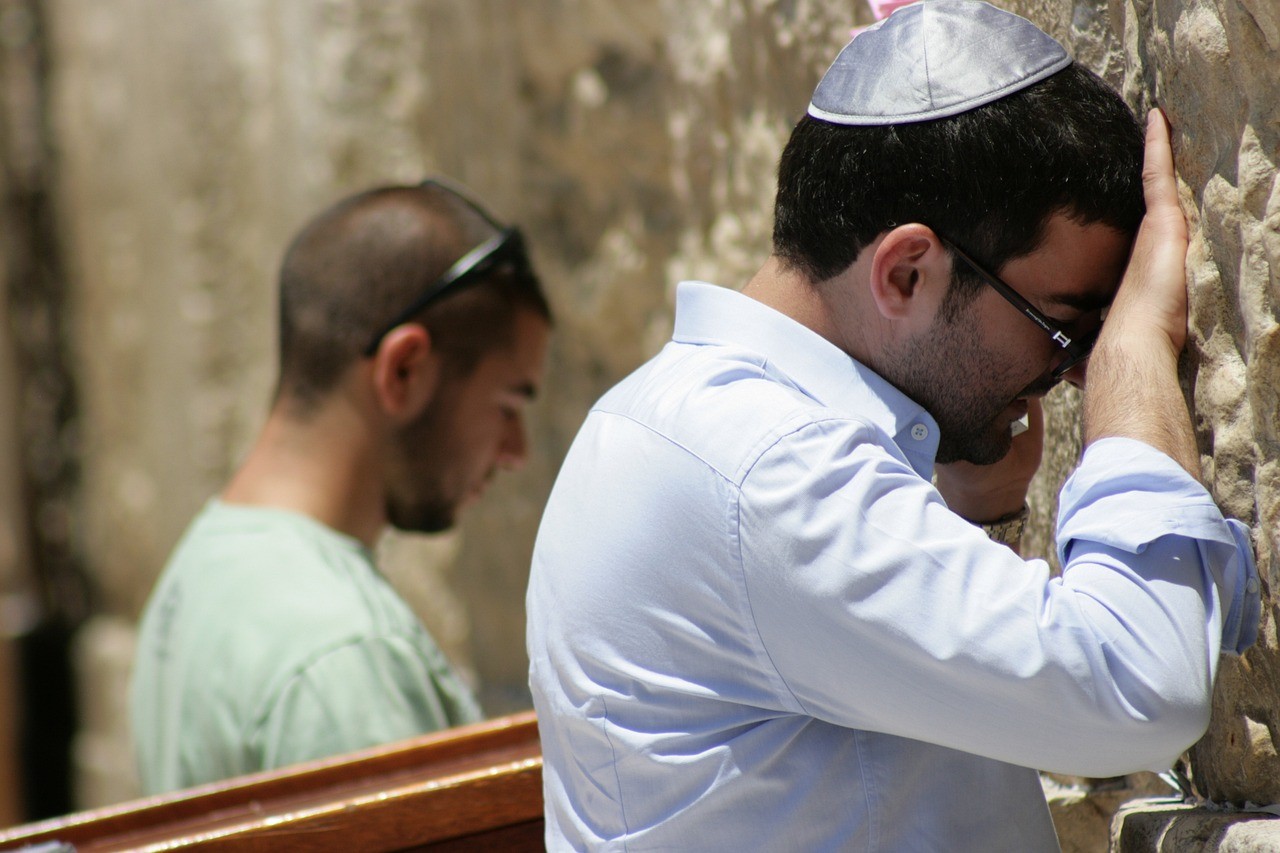Preparations for our daughter’s new role as a prvňák (first grader) began long before her first day of school last week. In the Czech educational system, entering the first class of základní škola (grammar school) is a significant step in a child’s long progression toward “maturity.” The typical age of a first grader ranges from six to eight years, with more students falling toward the older end. Since the Czech school system expects a certain level of psychological maturity more than a particular academic aptitude, parents, especially those of fidgety “late-blooming” boys, often request deferrals. In our case, Anna’s December birthday made her a full six-and-a-half at the year’s start. Although Anna spent the summer excitedly talking about when she’d enter “big” school, I was nervous.
In late June, we’d attended a parents’ meeting and had gotten a chance to meet the two first grade teachers. Overwhelmed by the rather technical discussion over which type of handwriting, print or script, would be taught first or whether the genetická metoda (whole sentence concept) or the slabikování (syllable breakdown) method of reading would be used, I left wondering how a non-Czech parent like myself would handle helping out with homework, not to mention parent/teacher conferences, with any semblance of grace. Of course, Radek would be there to support me, but I definitely wanted to be as involved as I could.
After the meeting, we received a list of the school items we’d need to provide for Anna before school started. The short Back-to-School list for first graders in my hometown paled in comparison to Anna’s lengthy Czech one. The list contained some obvious basic writing and art supplies, but also some more obscure items, such as černá tuš (a pot of black ink) and náčrtník (manila art paper). With help from a stationery shop owner, Anna and I collected most of the items. Anna had also armed herself with Crayola crayons, markers and glue sticks brought back from the US, just for fun.
From talking with neighbors, I discovered that Czech children bring a morning svačina (snack) from home each day. A typical snack consists of a bread roll with spread and perhaps deli meat and a piece of fruit or cake. We had to provide a cloth napkin to keep the children’s desks tidy while they ate. Having a snack was a practical concept that would keep the children from growing grumpy mid-morning or from having to eat lunch at 11 a.m., as I remembered doing in my own grammar school days. But in addition to the soup and hot cafeteria meal, it seemed like a fair amount of food to consume. Now, I understood why our neighbors stopped at the store for fresh rolls every day. It was one thing to eat a day-old roll at home, but it could be embarrassing to send your child to school with stale bread.
As the first day drew closer, I wondered how our bilingual family was going to adapt to this next stage in our Czech adventure. Everyone warned us that the change was going to be significant. “Gone are the carefree days of školka (preschool),” our pediatrician declared, “Now there will be only worries and responsibilies for both of you.” It sounded ominous, but it was true that Anna, in addition to her schoolwork, would have other new responsibilties. Among other things, each day she would have to select a hot lunch from a choice of two and keep track of the key to her own locker, where she’d store her coat and outside shoes.
Anna didn’t seem daunted by the proclamation that her childhood days were soon behind her. Instead she twirled to show off her new aktovka (school bag), and eagerly took the rozvrhy hodin (blank schedules) that doctor handed her. When she expressed her readiness to start school, our Czech relatives and neighbors shook their heads in pity. I began to get the sense that many of my Czech friends, my husband included, thought of school as a responsibility to be endured rather than welcomed..
Along with the rest of her bilingual friends who would enter first grade in the Czech state school system this fall, Anna seemed well-prepared on many levels. She’d attended Czech preschools for three years and had been steeped in the culture of the “collective” that seems paramount to the country’s educational aims, at least for the lower classes. Taking responsibility for one’s physical person and belongings is as important as learning how to read and write, which incidentally wouldn’t begin until the school year got underway. I knew the Czech educational system had had a reputation in the past for being didactic and lacking in creative thinking or spontaneity, and I wondered if this was still true nowadays.
During the initial class meeting Anna’s teacher had stressed the important of learning to work in groups, improving body posture and talking properly. She mentioned having lessons centered on a theme and promised to incorporate her own training in drama in her lessons. I was encouraged thinking that Anna’s introduction to learning wouldn’t be filled with only the arduous memorization and repetition that many of my Czech contemporaries complained about from their own schooldays. When the teacher told us she’d be using a classroom blog to keep us informed of class happenings and daily homework assignments, I realized that my worries about the Czech educational system being antiquated were likely ill-founded, or we just happened to luck upon a particularly open and hip first-grade teacher.
While the Czech system might appear more rigorous than the American elementary system that I remembered from my youth, it compressed learning into only four hours of classroom time on most days. Along with Czech language and mathematics, the learning schedule also included other compulsory subjects such as gym class, art class and English. When the learning day finished, Czech students were free to attend družina (after-school care) or any of a multitude of kroužky (activities) offered by the school. The activities offered at Anna’s school ranged from sports such as track and field, football and dance to art classes, ceramics or singing. There were special courses for PC and language study, as well as preparatory courses for upper school examinations. These after school activities often sounded like elective courses that would have been offered within an American school day. However, separating the strict learning from more relaxed, optional pursuits seemed like a good idea.
On the first day of school, the parents of the prvňáci were invited into the classroom. While we watched, Anna’s teacher went through introductions and showed the children around the classroom. There were only 18 students in her class, a treat after the 24 head-count typical of a preschool classroom. The children received the rest of their school supplies as “gifts” from the school, and they were visited by the school’s principal and one of Prague’s city officials. The morning lasted only an hour and when school was released Prague was overrun by gangs of spiffily-dressed backpack-toting children. Anna and I went for an ice cream to celebrate her first day while we waited for Oliver to finish up at his first day back at preschool. After school, Anna willingly filled her backpack with the supplies her teacher had told them to bring back and set out her clothes for the following day. I wasn’t sure how we’d do once the actual “learning” began, but I appreciated the boost of independence the “big” school had already given her.


